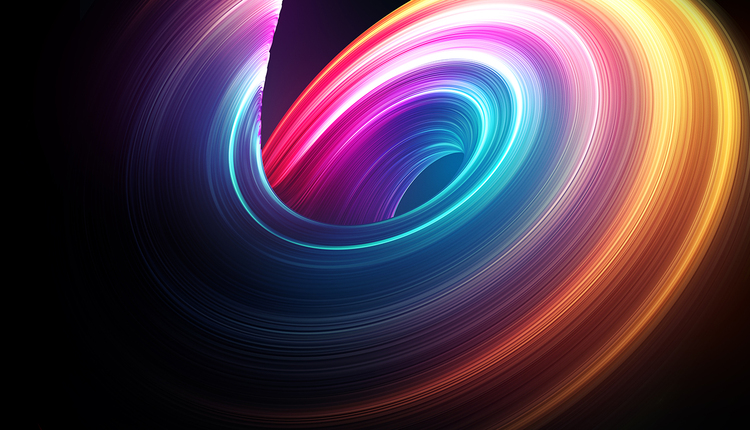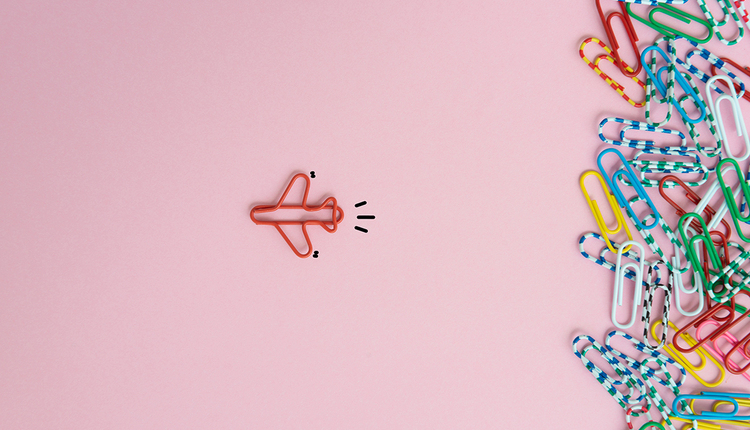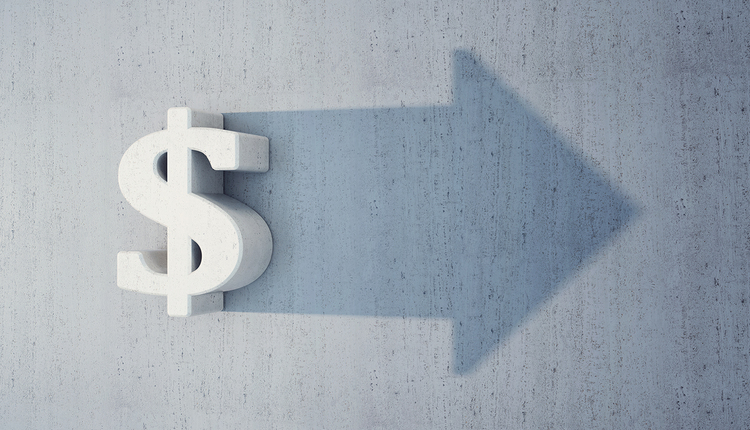We have all heard that people decide to open a mail piece in less than two seconds. So, how do you ensure your envelope is opened while qualifying as an automation-compatible mail piece? Try going outside the standard #10 or 6" x 9" envelope, using teaser copy, a personalized message, or using a specialty coating to change the look and feel of your envelope. Ready? Let’s dive into these elements a bit more.
Envelope Size Does Matter!
Number 10 and 6” x 9” envelopes are the most common letter size envelopes used in direct mail, but changing to a different size can help your mail piece stand out in a stack of mail and give you a higher response rate. Using a #11, #12, or even a #14 envelope will allow your piece to stick out from the crowd while still providing you with the automated letter rate of postage. An A-10 envelope is 6" x 9.5” inches, giving you an additional ½” in width. The extra ½” allows for a thicker set of inserts and makes it easier for machine inserting. Additionally, using a 6” x 9” or A-10 envelope lets you half-fold 8.5” x 11” inch inserts rather than letter-fold as you would need to do with a #10 envelope. This allows you to place additional inserts into the envelope and still be less than 1/4" in thickness. A mail piece over 1/4" in thickness does not qualify as an automated letter, thereby adding additional postage.
Another option is a showcase envelope, where one side of the envelope has an oversized window. A 6” x 9” showcase envelope will have a window size of 4” x 7 3/8”, allowing you to show an attention-grabbing insert that can have a call to action or personalized message. Showcase window envelopes also come in various sizes, including a #10, a 6” x 9”, a 9” x 12”, and even a 10” x 13”.
"A" series envelopes are another option that can give the look of an invitation. These can be purchased with a machineable flap to allow for machine inserting or printed on flat sheets and converted. This gives the look of a personalized or special event mail piece. A-5, A-6, and A-7 are the most common size of invitation style envelopes used. A 4-Bar (baronial) envelope is also commonly used when sending out a gift card in a holder.
If you want to make a big statement, try using a larger, flat size envelope such as a 9” x 12” or a 12” x 15” (the latter is the largest flat size mail piece allowed by the United States Postal Service). A flat size mail piece is perfect for multiple or thick inserts, and you have up to a maximum thickness of 3/4" of an inch.
When choosing a letter-size envelope, remember that the aspect ratio (length divided by height) must be between 1.3 and 2.5 in order to qualify as an automated letter-size mail piece. The maximum thickness of a letter is 1/4" and a flat is 3/4", and the maximum size of a letter-size envelope is 6.125" by 11.5".
Teaser Your Way to Higher Response Rates!
Personalizing the outside of your envelope with a teaser line that includes the name of the addressee allows you an instant connection. Add in a call to action on the outside of your envelope with direct language such as “See Inside,” “Special Offer,” “Limited Time,” or “Important Information — Open Immediately” to give a sense of urgency.
Another draw is using human emotion to increase response rates. Direct marketing consultant Denny Hatch identified seven emotional drivers of fear, greed, guilt, anger, exclusivity, salvation, and flattery in his book, The Secrets of Emotional, Hot-Button Copywriting. Using one of these emotions can drive open rates and increase response rates.
The backside of an envelope has a lot of real estate for placing graphics and text. Make sure the graphics and text relate to the offer inside the envelope; using a headline or graphic from one of the inserts is one way you can create the relationship. Don’t be afraid to be bold with your headlines.
Touch – The Other Sense Marketers Should Be Using!
The feel of your mail piece could be the attention grabber needed to get your envelope opened. Using a soft touch coating will give your piece a velvety feel. Try using a UV gloss for graphics or text on your envelope along with a smooth or textured satin dispersion. This provides the glossy areas a pop of color while giving the rest of the envelope a smooth or textured feel, depending on the dispersion used.
Mailing out a piece for a luxury item such as a car or boat? Look at using a gloss stock with a gloss varnish that will make the pictures jump off the page. If asking for a large donation or sending out your annual report, use a linen paper and give the recipient a textured feel on the mail piece.
Using a larger envelope, relevant teaser copy, and giving your envelope a unique look and feel will set your mail piece apart and drive response rates up. Just remember to stay compliant with postal regulations to keep your postage as low as possible.
Rob Hanks is a customer service representative at Suttle-Straus and has more than 24 years in direct mail. Rob is a Certified Mailpiece Design Professional and a Mail Design Professional with the United States Postal Service. Rob also serves as the Industry Co-Chairperson for the Greater Madison Area Postal Customer Council. Rob enjoys the challenges of mail piece design within postal regulations and helping clients save on postage costs.
This article originally appeared in the May/June, 2019 issue of Mailing Systems Technology.














